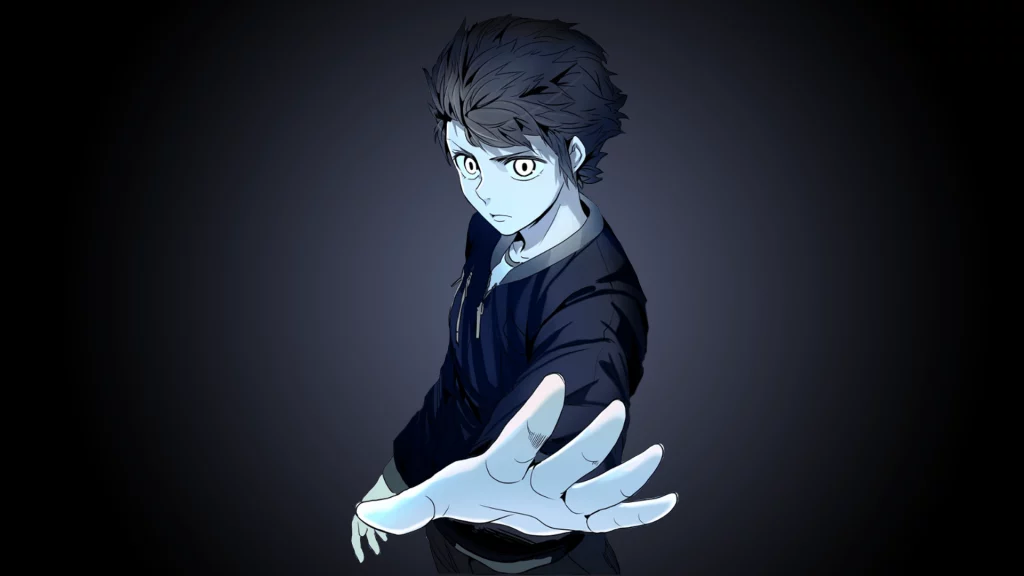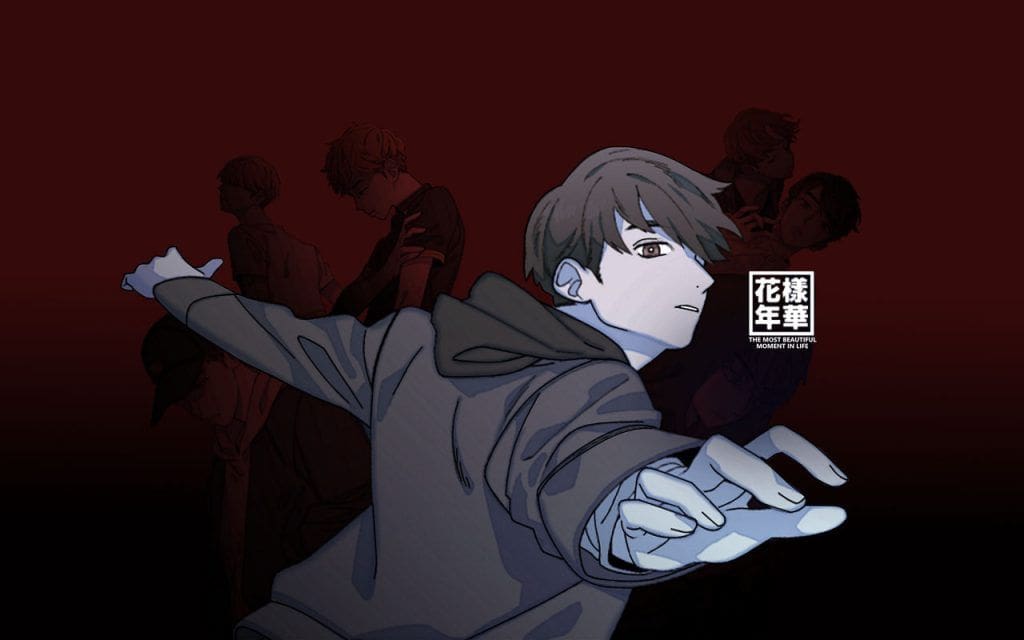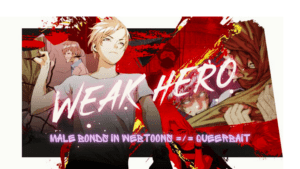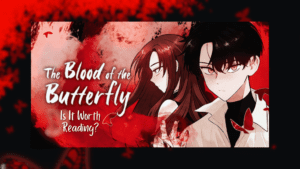By now, it’s very clear that I am a huge fan of reading webtoons. Ever since the comic medium blew up in the Western stratosphere around 2018, they have become an unstoppable force in geek culture, cementing its place as a phenomenon, not unlike manga and manhwa. Webtoons make for great stories and there’s something for every mood. But how did they get so big? And what makes them so incredibly addictive?
I remember when both the first webtoon I ever read and why. The advertisement for Lore Olympus was everywhere and, as a Greek mythos fan, I was so intrigued. And back then, the idea of reading ‘free’ comics always seemed like such a scam, only possible through illegal third-party sites with more malware than content. So, the Line Webtoon app seemed too good to be true.
But it wasn’t! Not only was the interface user-friendly, but concise. It attracted you to binge-read through the library without having to worry about pesky advertisements or shady popups. Even with a smaller library back then, it was the first app of its kind to offer that kind of accessibility.
And now, if a person likes manga, they are most definitely interested in trying webtoons. Thanks to its massive success, you even have comic industry giants like DC Comics investing and launching their comics on the platform. But what led to this success? Let’s dissect the addiction that is webtoons!
Table of Contents
How Do You Define Webtoons?

There is a lot of confusion regarding manga, manhwa, and webtoons. How do you discern between all three of them, considering they are all a form of graphic comics?
Webtoons are described as a form of digital comics that are specifically meant to be read on smartphones, tablets, and computers. They originated in South Korea but now have global contributors as well. This is all thanks to the boom of manhwa that gets released as webtoons first, bringing the medium onto the world map.
The way webtoons are read is very interesting, because it employs the infinite canvas concept. Basically, instead of clicking for the next page in a chapter, you just scroll ‘vertically’ and the pages blend into one smooth slide. Often, these chapters are accompanied by music that starts at a pivotal moment, which adds to the immersive experience.
And I think that seamless immersion is the biggest difference to consider here. Manga and other graphic novels are generally printed and published as physical volumes first. And then, if they’re popular, they might get scanned to be put up scan hosting websites. Since they aren’t meant to be read online in the first place, the pages are read ‘horizontally’, with a single page being displayed at one time. Which creates an overall clunkier experience, nowhere near as streamlined or interesting.
The release schedule for webtoons is also much more convenient. You can either read the chapters being released on a schedule or you can buy extra chapters through a paywall situation. And it’s so much easier to support your favorite artist on an app this way instead of jumping through loops and holes.
Why Do People Love WebToons?

I think part of why webtoons have become so popular amongst many is their accessibility and variety. Beyond registering for an account and downloading an app, you don’t need much to start getting into webtoons. And, boy, are there so many webtoons to get into.
And thanks to the payment model, it isn’t nearly as exploitative to both the creator and the consumer. The chapters are often free to read, with some future chapters only accessible through buying tokens or coins. But this helps keep fans invested, with some directly helping the artist by buying the extra chapters ahead of release schedules. In Line Webtoon, that’s how the Fast Pass feature works.
But the main reason people are interested in paying for the Fast Pass chapters is that the stories a lot of these webtoons have are just so bingeable and engaging. Thanks to the vivid colors, different art styles, and variety, there is just so much content to consume. The library for Line Webtoon alone is near endless, with both established works like Batman: Wayne Family Adventures and smaller indie stories getting a place to be promoted on the platform.
And thanks to the more relaxed censorship laws, the stories can be more intimate and rawer instead of having to conceal their intent. There is, genuinely, something for everyone here.
Are There More Apps Like Line WebToons?

I think the best part about the success of Webtoons is how the comic industry has started adapting the same user-friendly model, putting the consumer’s ease of access first.
It isn’t just Naver or Line anymore. You also have platforms like Tapas and LezhinComics that have brought in more global artists such as manhua creators from China to start releasing their work as webtoons as well.
And clearly, it has worked well. Because now, webtoons are quickly becoming the new face of comics worldwide. And it’s easy to see why.


















What do you think?
It is nice to know your opinion. Leave a comment.